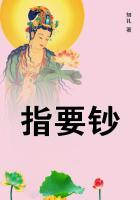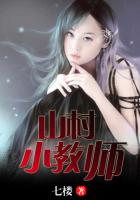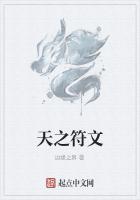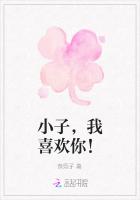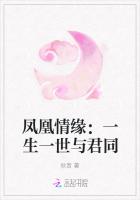The preceding evidence shows that the effigy of Death is often regarded with fear and treated with marks of hatred and abhorrence. Thus the anxiety of the villagers to transfer the figure from their own to their neighbours' land, and the reluctance of the latter to receive the ominous guest, are proof enough of the dread which it inspires. Further, in Lusatia and Silesia the puppet is sometimes made to look in at the window of a house, and it is believed that some one in the house will die within the year unless his life is redeemed by the payment of money. Again, after throwing the effigy away, the bearers sometimes run home lest Death should follow them, and if one of them falls in running, it is believed that he will die within the year. At Chrudim, in Bohemia, the figure of Death is made out of a cross, with a head and mask stuck at the top, and a shirt stretched out on it. On the fifth Sunday in Lent the boys take this effigy to the nearest brook or pool, and standing in a line throw it into the water. Then they all plunge in after it; but as soon as it is caught no one more may enter the water. The boy who did not enter the water or entered it last will die within the year, and he is obliged to carry the Death back to the village. The effigy is then burned. On the other hand, it is believed that no one will die within the year in the house out of which the figure of Death has been carried; and the village out of which Death has been driven is sometimes supposed to be protected against sickness and plague. In some villages of Austrian Silesia on the Saturday before Dead Sunday an effigy is made of old clothes, hay, and straw, for the purpose of driving Death out of the village. On Sunday the people, armed with sticks and straps, assemble before the house where the figure is lodged. Four lads then draw the effigy by cords through the village amid exultant shouts, while all the others beat it with their sticks and straps. On reaching a field which belongs to a neighbouring village they lay down the figure, cudgel it soundly, and scatter the fragments over the field. The people believe that the village from which Death has been thus carried out will be safe from any infectious disease for the whole year.
4. Bringing in Summer
IN THE PRECEDING ceremonies the return of Spring, Summer, or Life, as a sequel to the expulsion of Death, is only implied or at most announced. In the following ceremonies it is plainly enacted. Thus in some parts of Bohemia the effigy of Death is drowned by being thrown into the water at sunset; then the girls go out into the wood and cut down a young tree with a green crown, hang a doll dressed as a woman on it, deck the whole with green, red, and white ribbons, and march in procession with their Líto (Summer) into the village, collecting gifts and singing Death swims in the water, Spring comes to visit us, With eggs that are red, With yellow pancakes.
We carried Death out of the village, We are carrying Summer into the village.
In many Silesian villages the figure of Death, after being treated with respect, is stript of its clothes and flung with curses into the water, or torn to pieces in a field. Then the young folk repair to a wood, cut down a small fir-tree, peel the trunk, and deck it with festoons of evergreens, paper roses, painted egg-shells, motley bits of cloth, and so forth. The tree thus adorned is called Summer or May. Boys carry it from house to house singing appropriate songs and begging for presents. Among their songs is the following:
We have carried Death out, We are bringing the dear Summer back, The Summer and the May And all the flowers gay.
Sometimes they also bring back from the wood a prettily adorned figure, which goes by the name of Summer, May, or the Bride; in the Polish districts it is called Dziewanna, the goddess of spring.
At Eisenach on the fourth Sunday in Lent young people used to fasten a straw-man, representing Death, to a wheel, which they trundled to the top of a hill. Then setting fire to the figure they allowed it and the wheel to roll down the slope. Next day they cut a tall fir-tree, tricked it out with ribbons, and set it up in the plain. The men then climbed the tree to fetch down the ribbons. In Upper Lusatia the figure of Death, made of straw and rags, is dressed in a veil furnished by the last bride and a shirt provided by the house in which the last death took place. Thus arrayed the figure is stuck on the end of a long pole and carried at full speed by the tallest and strongest girl, while the rest pelt the effigy with sticks and stones. Whoever hits it will be sure to live through the year. In this way Death is carried out of the village and thrown into the water or over the boundary of the next village. On their way home each one breaks a green branch and carries it gaily with him till he reaches the village, when he throws it away. Sometimes the young people of the next village, upon whose land the figure has been thrown, run after them and hurl it back, not wishing to have Death among them. Hence the two parties occasionally come to blows.
In these cases Death is represented by the puppet which is thrown away, Summer or Life by the branches or trees which are brought back. But sometimes a new potency of life seems to be attributed to the image of Death itself, and by a kind of resurrection it becomes the instrument of the general revival.


